Inaugural addresses come in different flavors, with different messages and purpose. Periscopic passed video of the ten most recent speeches through the Microsoft Emotion API to estimate emotion from each speaker’s facial expressions. Then they used a feather metaphor to visualize the results.
Shown here in the form of collected emotion arcs, each “feather” represents an inaugural address. Each barb of the feather is a moment during the speech where the president displayed an emotion — positive emotions are drawn above the quill, negative emotions below. The length of each barb represents the intensity of the emotion. The curve of the feather itself indicates the overall positivity or negativity of the speech.
As you might expect, the feather for Donald Trump weighs predominantly downward in red and orange.


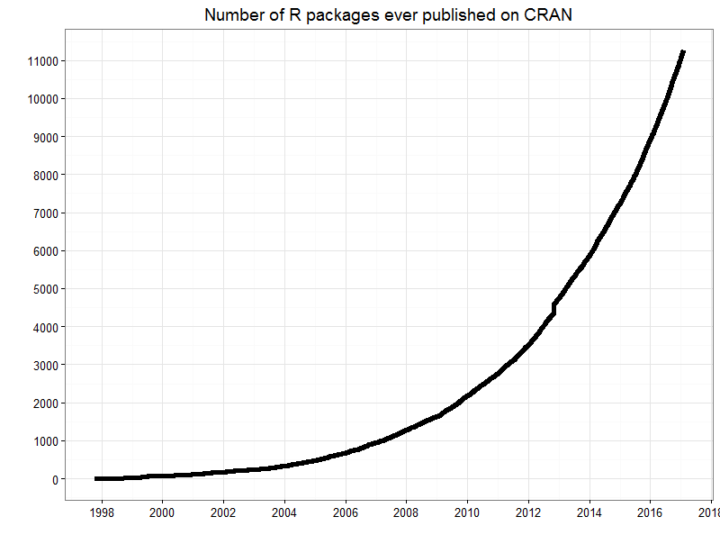
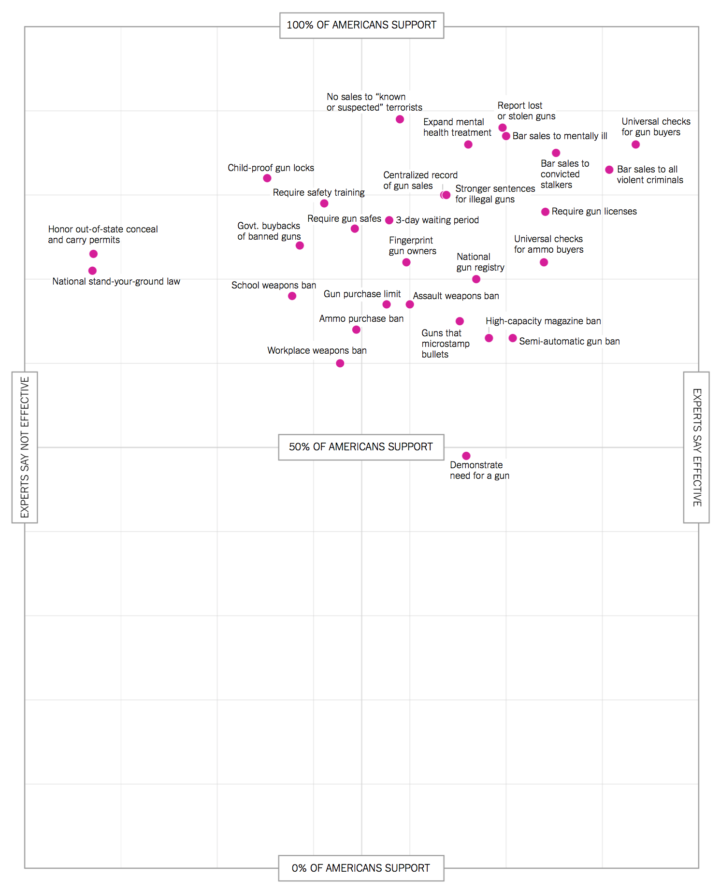
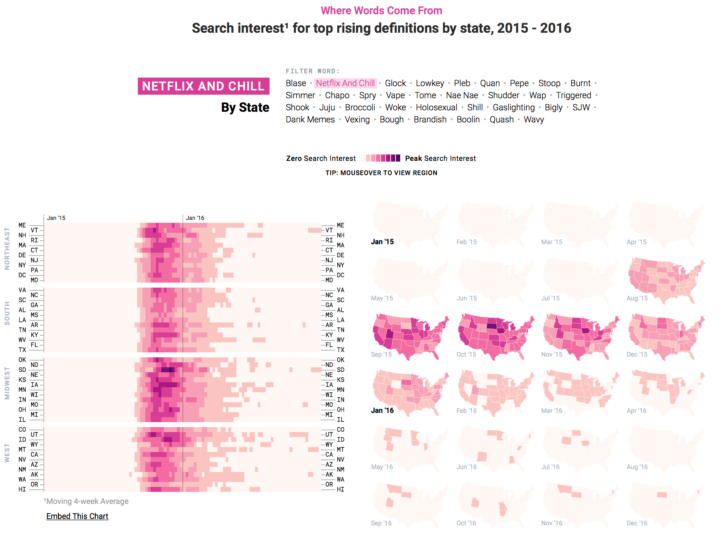
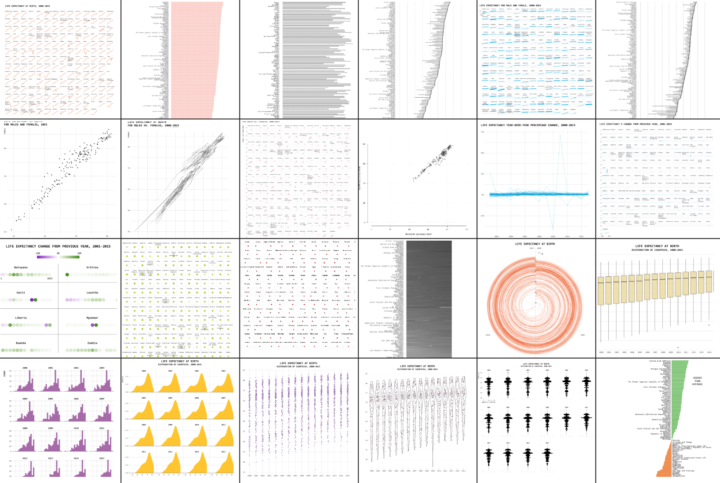

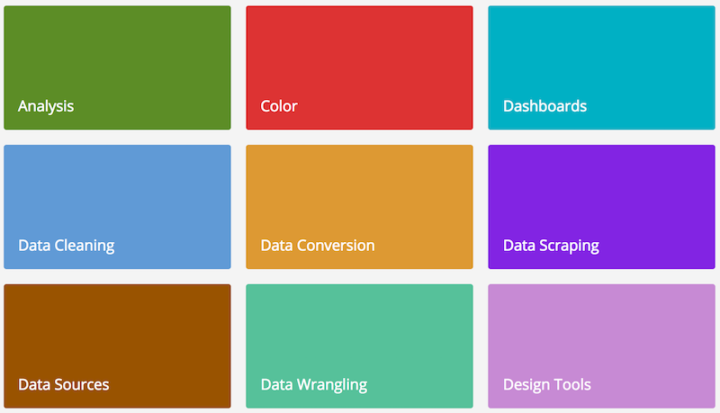

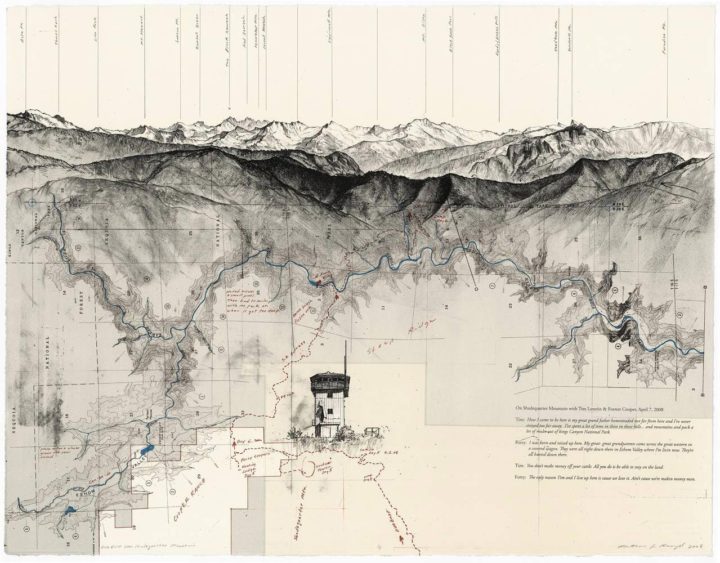
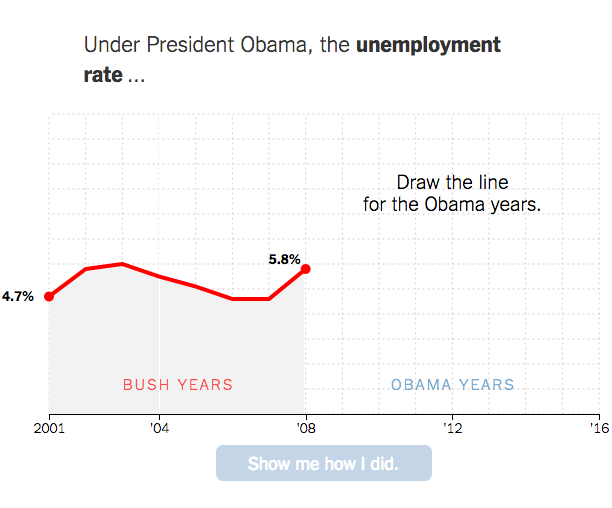

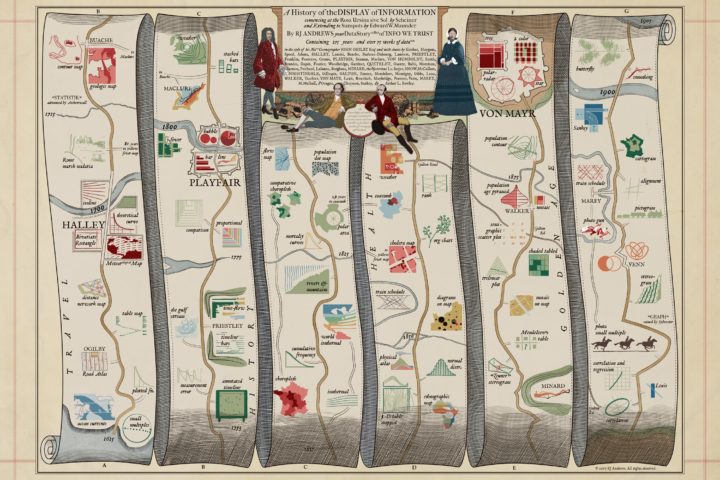
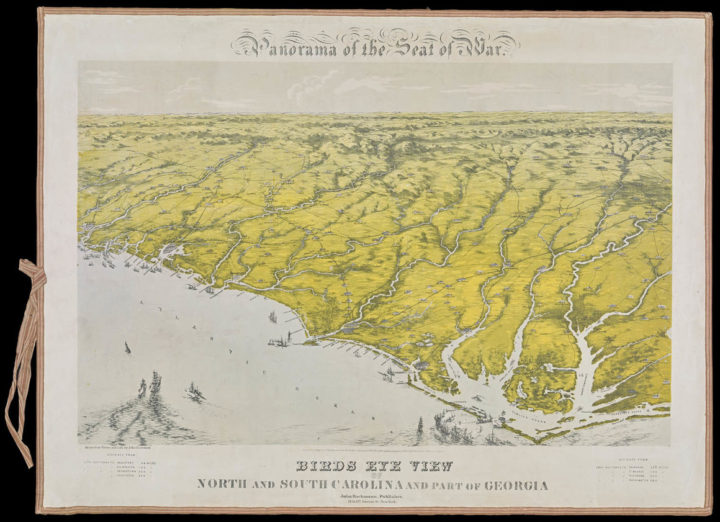

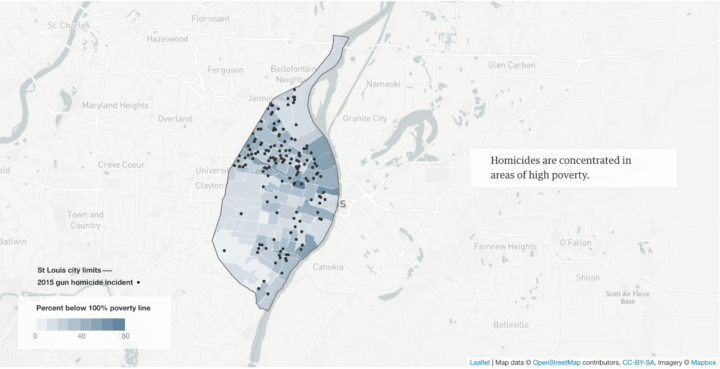
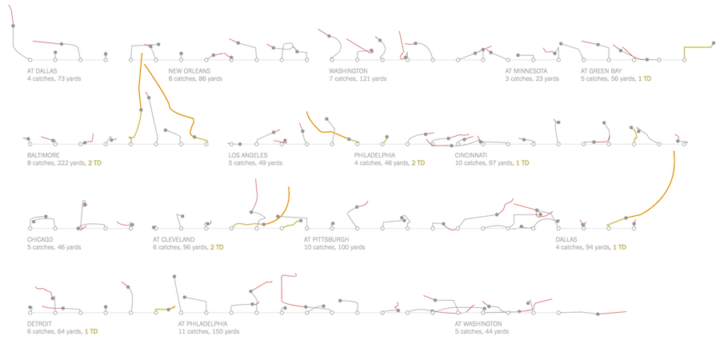
 Visualize This: The FlowingData Guide to Design, Visualization, and Statistics (2nd Edition)
Visualize This: The FlowingData Guide to Design, Visualization, and Statistics (2nd Edition)










